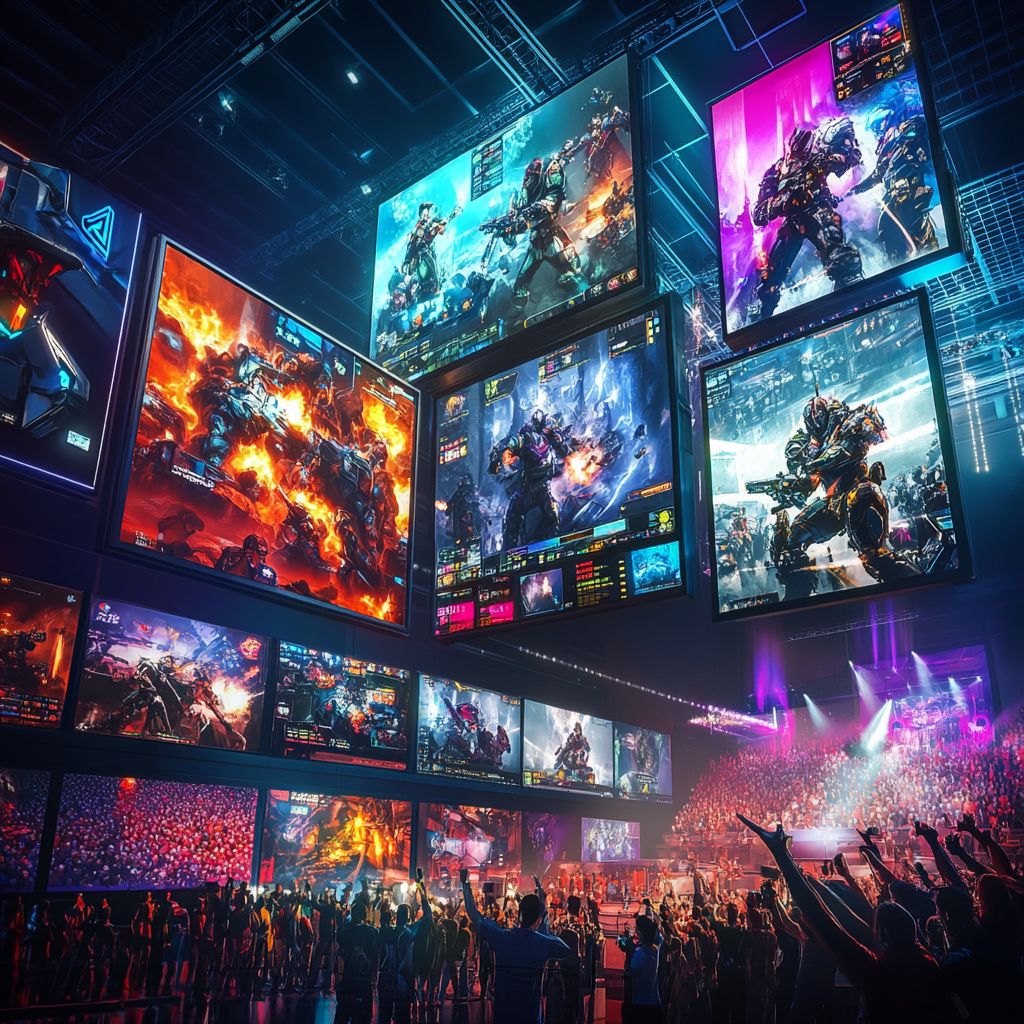Creating a video game is a complex and multifaceted endeavor, a blend of artistic vision, technical prowess, and meticulous project management. It’s a journey that can span months, even years, and involves a diverse team of talented individuals working collaboratively to bring a digital world to life. Let’s pull back the curtain and explore the key stages involved in developing a video game.
1. Concept and Pre-Production: The Spark of an Idea ✨
Every game begins with an idea. This initial concept can stem from a single person’s vision or a collaborative brainstorming session. The pre-production phase is crucial for fleshing out this idea and laying the groundwork for the entire project. Key activities include:
- Idea Generation and Pitching: Defining the core gameplay loop, target audience, genre, and unique selling points. Pitching the concept to stakeholders or publishers.
- Market Research: Analyzing existing games, identifying trends, and assessing the potential market for the proposed game.
- High-Level Design Document: Creating a comprehensive document outlining the game’s core mechanics, features, target platforms, and overall vision.
- Prototyping: Developing early, rough versions of core gameplay elements to test mechanics and feasibility. This helps identify potential issues early on.
- Team Formation: Assembling the core development team, including designers, programmers, artists, audio engineers, and producers.
- Budgeting and Scheduling: Estimating the resources required (time, money, personnel) and creating a project timeline.
2. Design: Blueprinting the Experience 📐
The design phase dives deeper into the specifics of the game, translating the high-level concept into detailed plans. This involves:
- Game Design Document (GDD): A living document that expands on the initial concept, detailing every aspect of the game, from rules and mechanics to level design and user interface.
- Level Design: Creating the environments and spaces players will navigate, considering layout, challenges, and visual storytelling.
- Character Design: Developing the look, animations, and abilities of playable and non-playable characters (NPCs).
- UI/UX Design: Designing the user interface (menus, HUD) and user experience (flow, intuitiveness) to ensure smooth interaction.
- System Design: Defining the underlying systems that govern gameplay, such as combat, progression, economy, and AI.
- Story and Narrative Design: Crafting the game’s story, characters, dialogue, and lore, if applicable.
3. Production: Bringing the Vision to Life 🛠️
This is the longest and most intensive phase, where the design blueprints are transformed into a playable game. It involves:
- Programming: Writing the code that makes the game function, implementing gameplay mechanics, AI, physics, and networking.
- Art and Animation: Creating the visual assets of the game, including 2D/3D models, textures, animations, visual effects (VFX), and environments.
- Audio Design: Developing the sound effects, music, and voice acting that contribute to the game’s atmosphere and feedback.
- Asset Integration: Combining all the art, audio, and code elements into the game engine.
- Iteration and Refinement: Continuously testing and iterating on gameplay, visuals, and audio based on internal feedback and playtesting.
4. Testing and Quality Assurance (QA): Polishing the Product 🐞🔎
Rigorous testing is essential to identify and fix bugs, glitches, and design flaws before the game is released. This involves:
- Functional Testing: Ensuring all game mechanics and features work as intended.
- Regression Testing: Verifying that new changes haven’t introduced new issues.
- Compatibility Testing: Checking the game’s performance across different hardware and software configurations.
- Usability Testing: Observing players interacting with the game to identify areas of confusion or frustration.
- Localization Testing: Ensuring the game is properly translated and culturally adapted for different regions.
5. Release and Post-Launch: Sharing the Experience 🎉
The culmination of years of hard work, the release phase involves:
- Marketing and Public Relations: Generating awareness and excitement for the game.
- Distribution: Making the game available to players through digital storefronts, physical retailers, or other channels.
- Community Management: Engaging with players, gathering feedback, and fostering a community around the game.
- Post-Launch Support: Addressing bugs, releasing patches, and potentially developing new content (DLC, expansions) based on player feedback and ongoing strategy.
The Tools of the Trade ⚙️:
Game development relies on a wide array of specialized tools and technologies, including:
- Game Engines: Software frameworks like Unity, Unreal Engine, and Godot that provide the core functionality for building games.
- Integrated Development Environments (IDEs): Software used by programmers to write and debug code.
- Digital Content Creation (DCC) Tools: Software like Maya, Blender, and Photoshop for creating 3D models, textures, and 2D art.
- Audio Middleware: Tools like Wwise and FMOD for implementing and managing game audio.
- Project Management Software: Tools for tracking tasks, managing schedules, and facilitating team communication.
The Human Element 🧑🎨💻🎶:
Beyond the technology, game development is fundamentally a human endeavor. It requires:
- Collaboration: Effective communication and teamwork across different disciplines.
- Creativity: Innovative ideas and artistic vision to craft engaging experiences.
- Problem-Solving: Overcoming technical and design challenges.
- Passion: Dedication and enthusiasm for the craft of making games.
- Adaptability: The ability to adjust to changing requirements and unexpected hurdles.
Developing a video game is a challenging but ultimately rewarding process. It’s a journey of iteration, refinement, and the collective effort of a passionate team striving to create something truly special for players to enjoy. The next time you immerse yourself in a captivating game world, take a moment to appreciate the immense effort and creativity that went into bringing it to life!

No responses yet